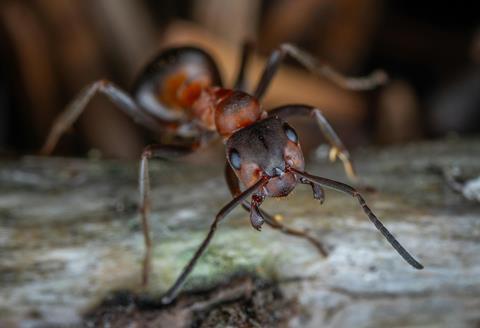
Scientists have developed a ‘hairy robotic gripper’ inspired by ant jaws in a research project backed by Ocado and Amazon.
The “versatile gripper” improves the capability of current robotic handling systems with “minimal increase in complexity or cost” the researchers say. A prototype of the system achieved “excellent results” when set the task of safely picking up a variety of grocery goods including Fairy liquid, Heinz ketchup, Head & Shoulders shampoo, Sun-Pat peanut butter and Del Monte cans of fruit.
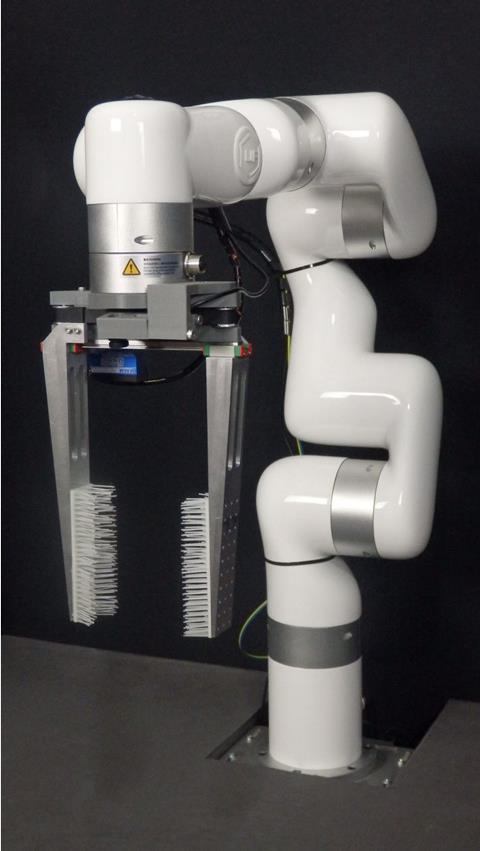
After minimal further testing for robustness, the University of Edinburgh researchers – backed on the work by Ocado Group, Amazon Research and the Scottish Environment Protection Agency, believe the gripper could be deployed immediately.
The researchers took inspiration for their two-fingered gripper from ants, which use their mandibles, consisting of two rigid opposed jaws, for a huge range of grasping activities, “from transporting delicate eggs to dismembering prey”. The ant mandibles are typically hairy, which in most biological literature had been presumed to be for sensory reasons. But the researchers were inspired by emerging evidence that “some ant hairs provide passive mechanical support for items carried by ants”.
The researchers fitted an aluminium two-jawed parallel plate gripper with four rows of ‘hairs’ made of thermoplastic polyurethane. The hairs were 20mm long and 1mm in diameter, protruding in a V-shape. “This means they surround circular objects, which are particularly difficult to grasp,” the researchers note in their paper, Boosting Parallel Plate Gripper Performance Inspired by the Internal Hairs of Ant Mandibles.
In tests with 30 different household objects, the addition of ‘hairs’ increased the prototype gripper’s grasp success rate from 64% to 90%, and the number of objects that remained securely gripped during manipulation more than doubled.
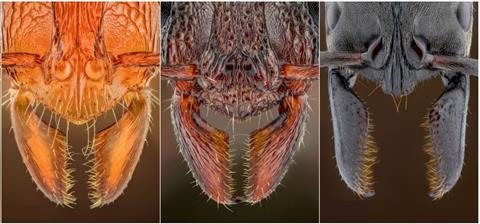
While biology has inspired robot gripper designs before – including designs based on bird claws, bloodworms, geckos and the human hand – past developments have proved complex, costly to develop and data-intensive.
In comparison, the ant-inspired gripper is much cheaper and easier to control.
“Inspired by the strength and delicacy with which ants move things, our prototype is just the first step,” said Professor Barbara Webb of the University of Edinburgh, who led the project. “Having filmed ants in high resolution, we’ve recreated in 3D the precise sequence of actions as they pick up seeds and other objects. This has been little studied in the past.
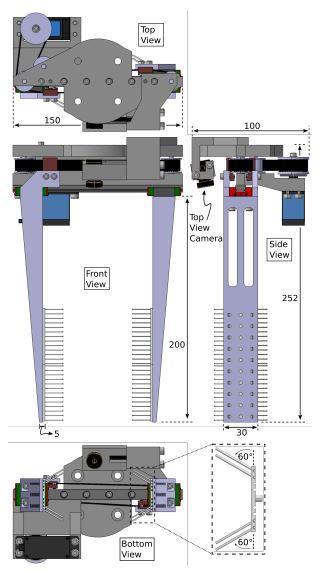
“Now we can see how their antennae, front legs and jaws combine to sense, manipulate, grasp and move objects,” she added. “For instance, we’ve discovered how much ants rely on their front legs to get objects in position. This will inform further development of our technology.”
Ocado and Amazon are both eager to develop innovative robotic handling systems, with which they can further automate their warehouses and reduce their reliance on human labour. In 2022, Ocado unveiled suction-based robotic arms that can move on top of Ocado’s grids and pick individual items. The bots – which on launch could pick around half of Ocado’s range, a proportion that was predicted to rise to around 80% in “coming years” – are live within Ocado CFCs and rolling out to clients. In 2023, Amazon began experimenting with a humanoid robot that can walk on two legs, and carry objects, called Digit. The same year it introduced its Sparrow robots, which can detect, select and sort products into totes.
According to the Amazon, it now has more than 750,000 robots across its operations.

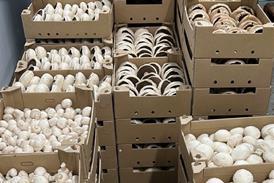





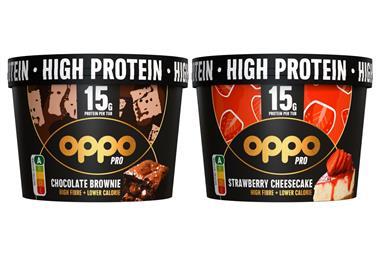
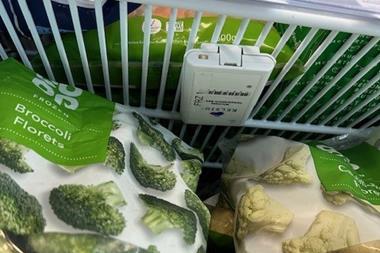








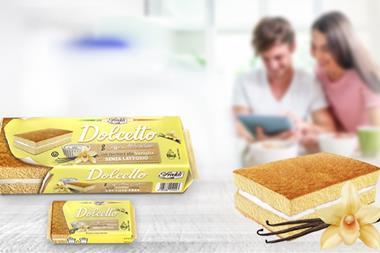

No comments yet